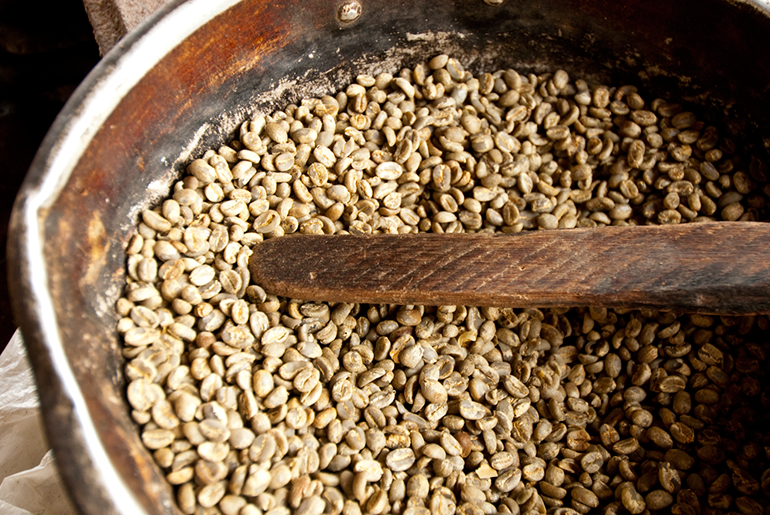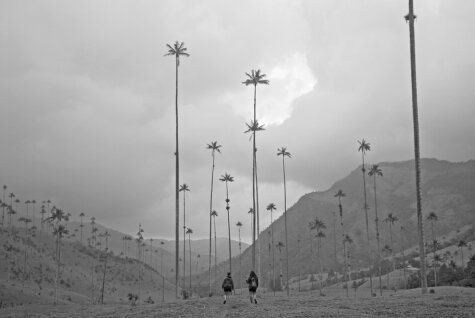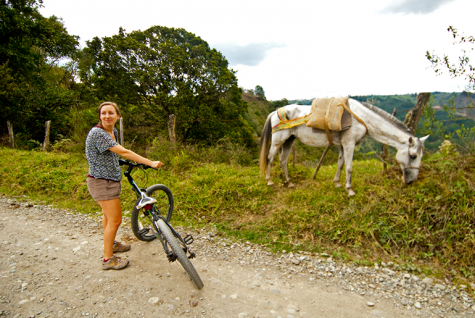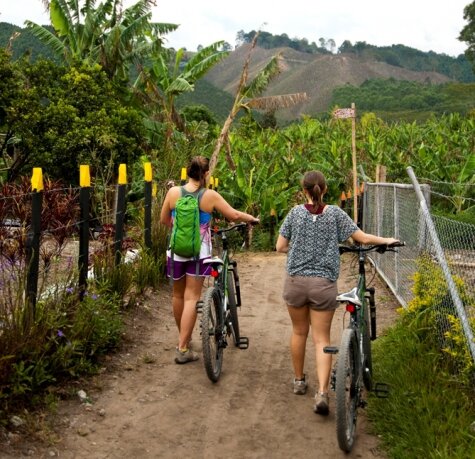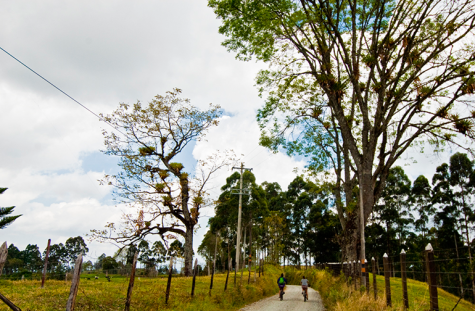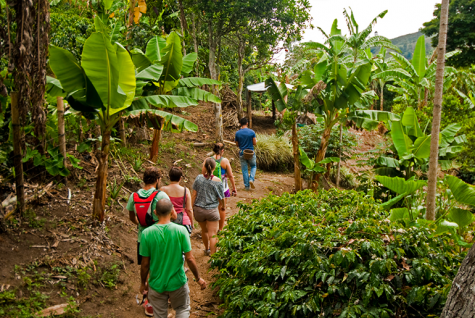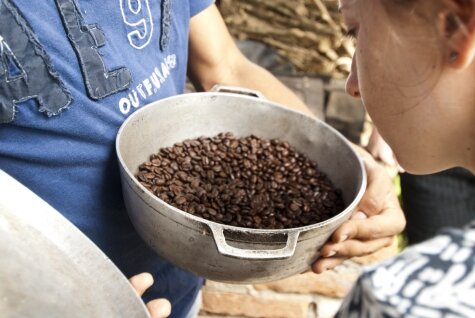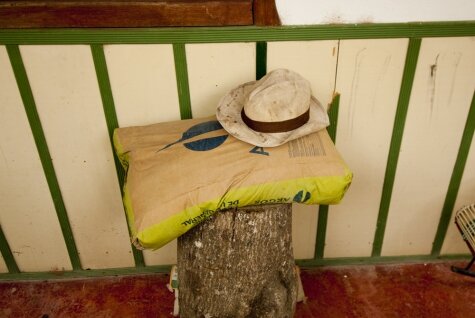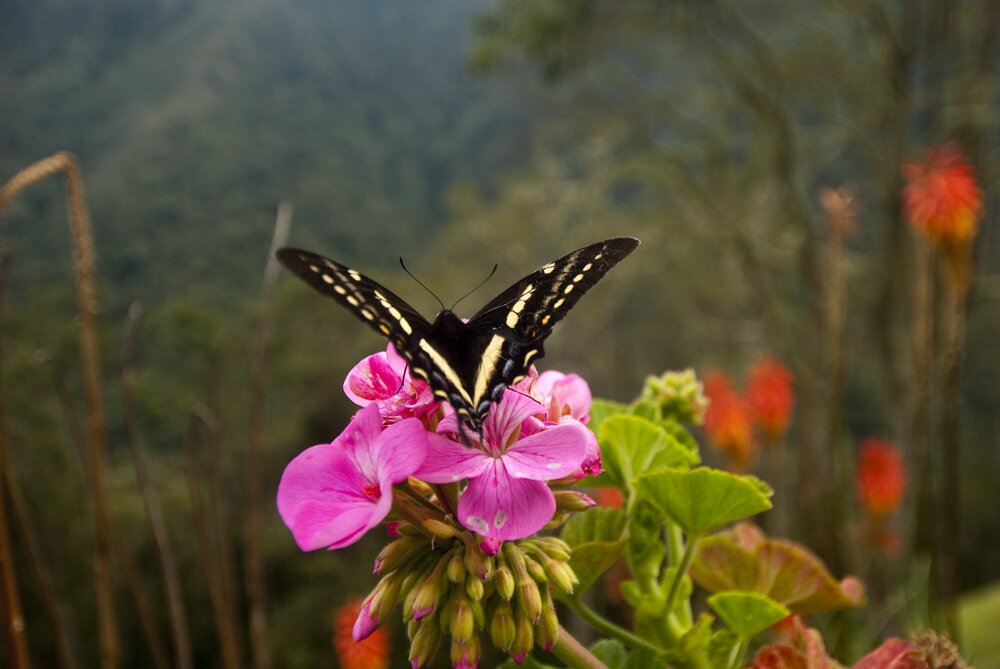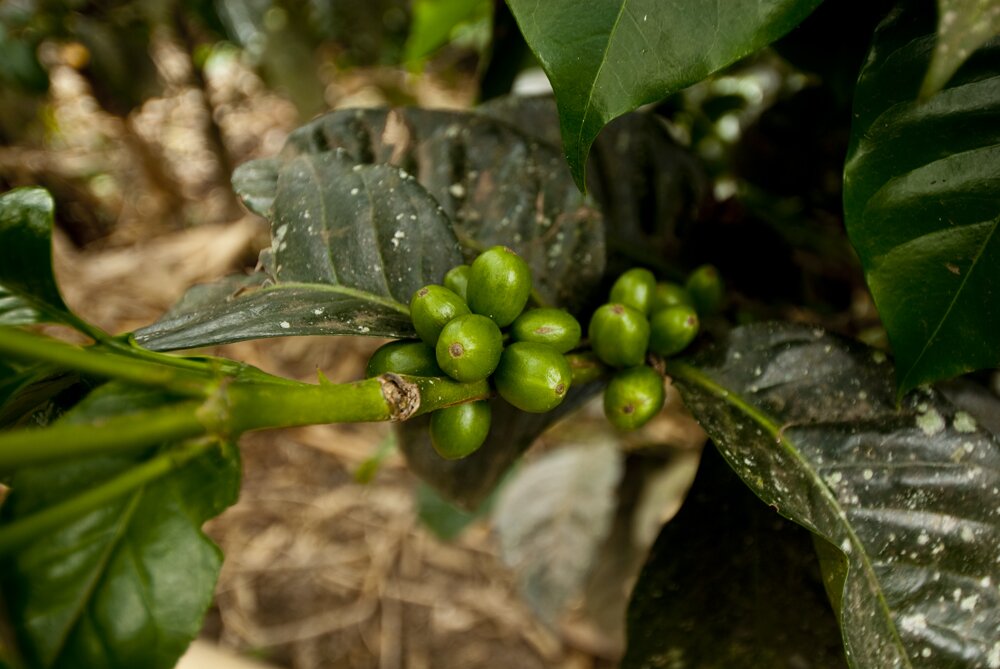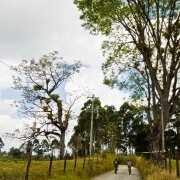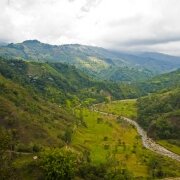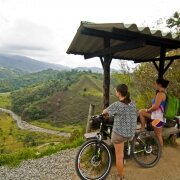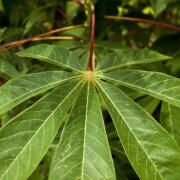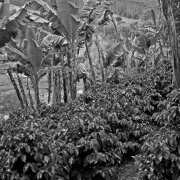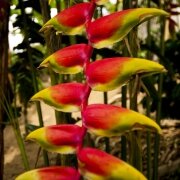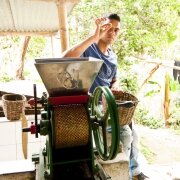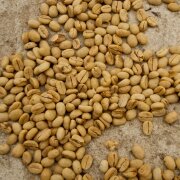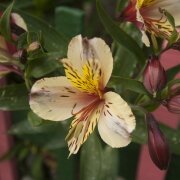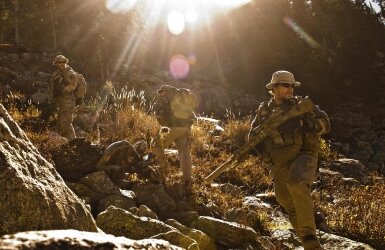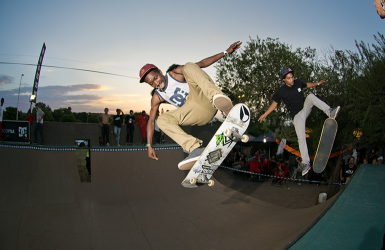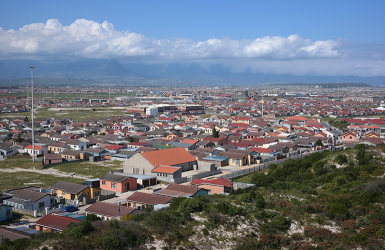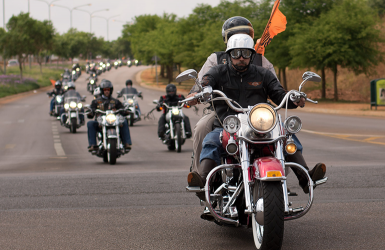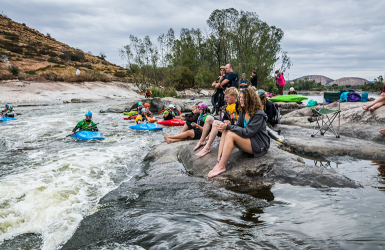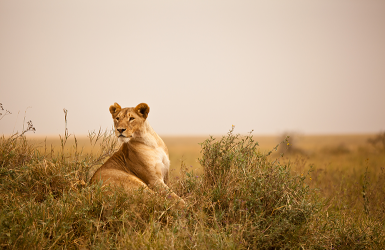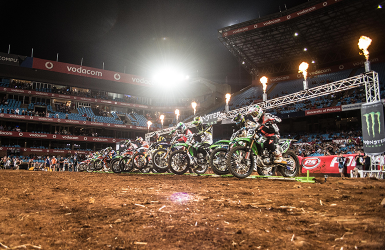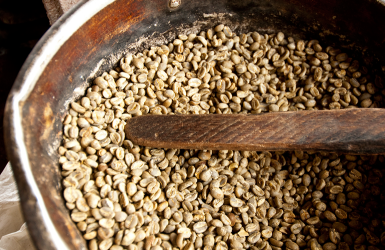Travel tips
When to go
Like I said above, the weather and climate in Colombia don’t change too much, if at all. As it sits not far from the equator, it only really has two seasons; the wet season and dry season. The wet season is roughly from April to November, with a weird dry month in July. And the dry season is from December to March. I was there in September and did get rained on, but it wasn’t anything to keep me from going outside and enjoying nature. But given your own limitations and what you want to do, you can choose when you would like to go.
Getting there
Fly from Bogota, the capital of Colombia, to Armenia, and then go by road to the magic village of Salento. If you travel by road from Bogota, it is 278 kilometres to Armenia (about 7 hours), also using the Coffee Highway, which connects Quindio and Risaralda to Manizales. The remaining 25 km to Salento takes about 45 minutes. There are also buses that run from 5:30 a.m. to 8 p.m. and come about every 20 to 30 minutes from Armenia and one every hour to Pereira.
Best way to get around
There are numerous transport options in and around the city. The best way, I found, was to simply walk. The town is not flat by any means, so renting a bike and cycling round the city can be exhausting, but well worth the effort. Many people to explore by horseback with a guide, who takes you around the city and surrounding areas. And finally there are also Willys (a type of Jeep) and Land Rovers with the roofs chopped off. You can cruise around in one of these for a fare of about 3,500 pesos. The preferred methods for me were to ride a bike or walk.
Salento cuisine
Salento has many different restaurants from local eateries to western accommodations. If there is one dish everyone has to try it is the trucha con platanos. It is a dish of trout (the local fish in the rivers of the region) with deep fried plantain chips and rice or beans. Absolutely fabulous.
What to do
• Visit one of the many organic coffee fincas in the area.
• Check out the Mirador, the lookout point, as it is supposed to offer one of the best views in Colombia.
• Hire a mountain bike and go for a full day or an hour's ride. There are a range of trails around the area that provide something for everyone; from relative beginners to those who want something a bit more technical. Some of the trails afford some spectacular views across the area and coffee plantations.
• Take a trip to Kasaguadua Natural Reserve, with its 12 hectares of lush tropical rain forest and a mountainous landscape that protects a natural creek. There is a network of well-maintained looping trails (4 km) that are achievable in 1.5 hours up to 6 hours.
• Hire a guide, saddle up a horse and cruise around the city and some of the areas outside of town in style.
• Depending on the season, go fishing for the elusive trucha and make your own trout dish.
• And sometimes the best thing to do is just sit back in a hammock and enjoy the view of the valley from whichever hostel or living arrangement you decide on, while sipping on some delicious coffee.
